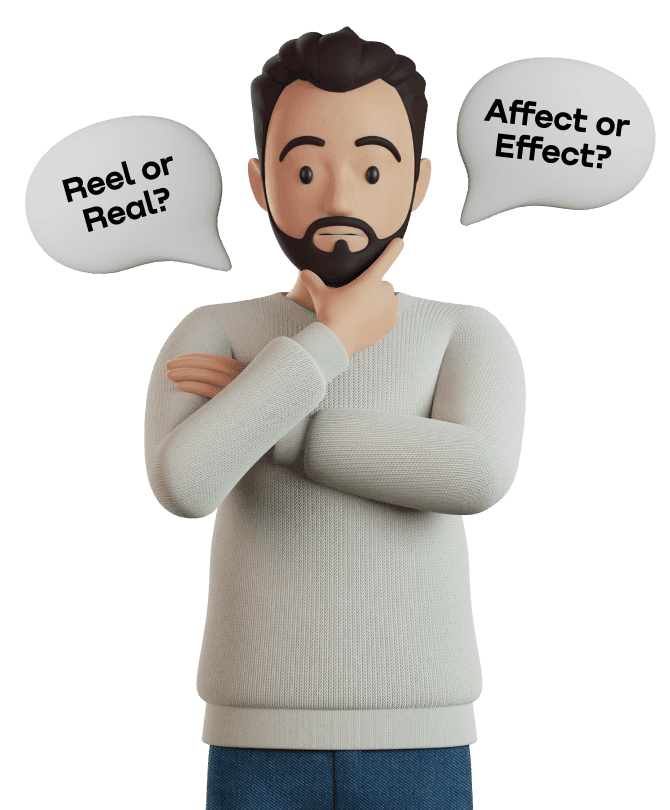Opaque vs Translucent
What’s the difference between them?

Opaque
Meaning:
Not transparent or translucent; impervious to light.
Examples:
1. The curtains are made of an opaque fabric to prevent light from entering the room.
2. The dense fog was so opaque that I could barely make out the buildings.
3. The opaqueness of the plastic made it impossible to see what was inside.
Translucent
Meaning:
Admitting light; semi-transparent.
Examples:
1. The curtains were made of a translucent fabric so that light could still enter the room.
2. She looked into the crystal ball, which was translucent and full of mystery.
3. The sun shone through the translucent leaves of the trees.
Learn similar and opposite words to spot the difference
Synonyms
Antonyms
Opaque
1. Obscure
2. Impermeable
3. Unintelligible
4. Impenetrable
5. Unclear
1. Transparent
2. Clear
3. Lucid
4. Translucent
5. Understandable
Translucent
1. Diaphanous
2. Sheer
3. Transparent
4. Permeable to light
5. Light-penetrating
1. Opaque
2. Solid
3. Obscure
4. Cloudy
5. Impenetrable
Tricks for mastery
Useful tips to understand the difference between confusing words "Opaque", "Translucent".

1. Opaque objects are completely solid and will not let any light pass through them, while translucent objects allow some light to pass through them, but not completely.
2. Mnemonic Phrase: 'Opaque objects are like a brick wall, while translucent objects are like a window pane.'
Practice English with the Promova app and avoid misusing confusing words
Frequently asked questions
When should 'opaque' be used?
Opaque should be used when referring to something that does not allow light to pass through it, such as a wall. It is not transparent or translucent in any way, and is impervious to light.
When is the appropriate context for using 'translucent'?
Translucent should be used when referring to something that allows some light to pass through it, making it semi-transparent. For example, a frosted glass window is a translucent material.
Do 'opaque' and 'translucent' share the same pronunciation?
No, the two words have different pronunciations. Opaque is pronounced as 'oh-peyk' while translucent is pronounced as 'trans-loo-snt'.
What are some common mistakes people make when using these words?
One common mistake is to use the words interchangeably, when in fact they have very different meanings. Opaque means something does not allow light to pass through, while translucent means something is semi-transparent, allowing some light to pass through. Another common mistake is mispronouncing the words, as they have different pronunciations.
Fill in the gaps to check yourself
1. The bathroom window is made of _____ glass for privacy.
2. The marble is slightly _____, allowing some light to pass through.
3. Frosted windows are often used when you want an _____ effect.
4. I prefer _____ vases, so you can see a hint of the stems inside.
5. The material is so _____ that you cant see anything behind it.
6. Stained glass can be either completely _____ or slightly _____, depending on the desired effect.
1. Opaque
Explanation: In a bathroom, privacy is often desired, so an opaque window that does not allow light to pass through and is not see-through would be used.
2. Translucent
Explanation: The phrase allowing some light to pass through indicates that the marble isnt entirely opaque but isnt transparent either. Hence, translucent fits the context.
3. Opaque
Explanation: An opaque effect would mean that the window does not allow light or images to pass through, which can be preferred for privacy or aesthetic reasons.
4. Translucent
Explanation: If one prefers to see a hint of something inside a vase, it means they want a vase that allows some light through, which defines translucent.
5. Opaque
Explanation: The statement you cant see anything behind it directly describes the quality of an opaque material.
6. Opaque, Translucent
Explanation: Stained glass can vary in its transparency. If its completely non-see-through, it is opaque. If it lets some light through, its translucent.
Both opaque and translucent describe the amount of light a material lets through. Opaque materials do not let any light through and are not see-through. Translucent materials allow some light to pass through, but details of objects behind them are usually blurred or not clearly visible.
Get a gift by subscribing to our newsletter!
Download the PDF with a list of commonly confused words made as flashcards for comfortable learning.
List of Commonly Confused Words
Finding your way around the English language can be hard, especially since there are so many confusing words and rules. So, a list of the most confusing words in English is an extremely useful tool for improving language accuracy and sharing the ideas clearly.